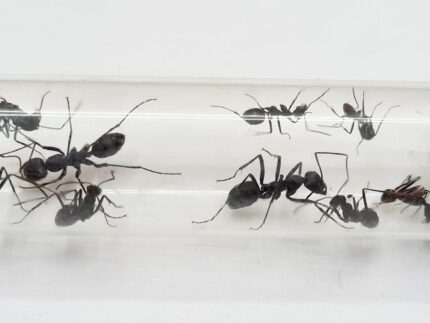
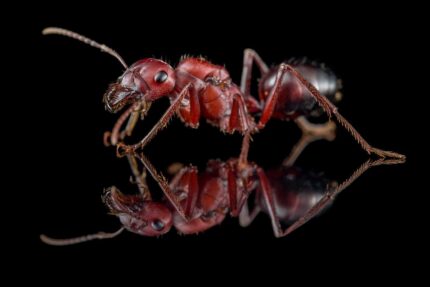
Cataglyphis iberica
249,90 zł – 389,90 złPrice range: 249,90 zł through 389,90 zł
Worldwide shipping
Free delivery over 999 PLN
The highest quality of goods
Live delivery guarantee
24/7 Personal Support
Fair Prices
Description
The Cataglyphis iberica is a polygynous ant species with colonies that can contain up to 5000 individuals. They have a very fast development speed. The ants vary in size, with the queen measuring 9-12 mm, workers measuring 4-11 mm, and majors measuring 8-12 mm. They have a black abdomen, back, and head that is dark red in color. Their nutrition consists of insect food, syrup, fruit, vegetables, and jelly.
Additional information
| Behavior | |
|---|---|
| Difficulty in breeding | |
| Origin | |
| The size of ants | |
| Wintering |
Cataglyphis iberica
Colony Type: Polygyny
Colony Size: Up to 5000 workers
Development Speed: Fast
Size
- Queen: 9 – 12 mm
- Workers: 4 – 11 mm
- Majors: 8 – 12 mm
The individuals of Cataglyphis iberica exhibit variance in size. The queen, as the largest in the colony, measures between 9 and 12 mm. Workers range from 4 to 11 mm, while the majors can reach a size of 8 to 12 mm. These ants stand out with their black abdomen and dark red head and back.
Nutrition
- Food insects (such as cockroaches and crickets) dead, or live if colony is big
- Syrup (a mixture of water and honey or sugar, with a ratio of 3 water:1)
- Fruits and vegetables
- Jelly
- Cooked chicken without salt, shrimps
- Honey
Don’t forget to check out our food products to ensure a well-balanced diet for your colony!
Humidity and Temperature
- Humidity: Arena: 30-50%, Nest: 50-70%
- Temperature: Arena: 25-35 °C, Nest: 24-28 °C
Distinctive Features
Cataglyphis iberica holds the title for the fastest ant species. With elongated legs, they can swiftly move across their environment. For maximum activity levels, it is recommended to heat the arena area where they reside. Warming up the arena creates an ideal environment for these energetic ants to thrive. Another standout feature of Cataglyphis iberica is their clear polymorphism, showcasing distinct physical differences among their workers. This adds to their uniqueness and makes them a captivating species to observe.
Recommended Nests for breeding
- Acrylic nests
- Ytong nests
- Gypsum


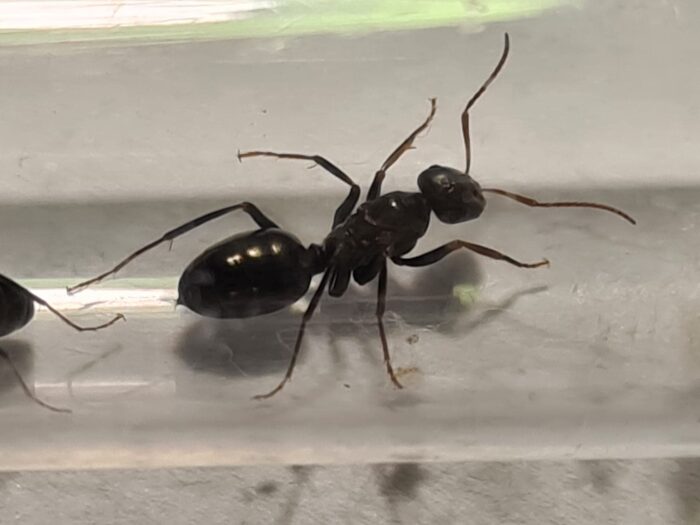
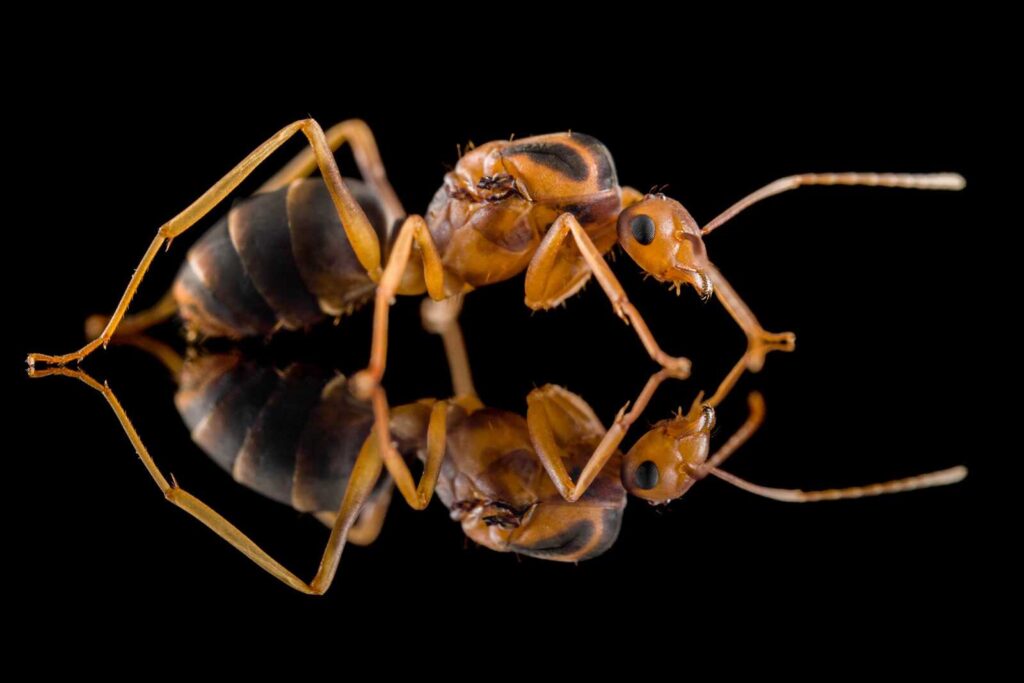
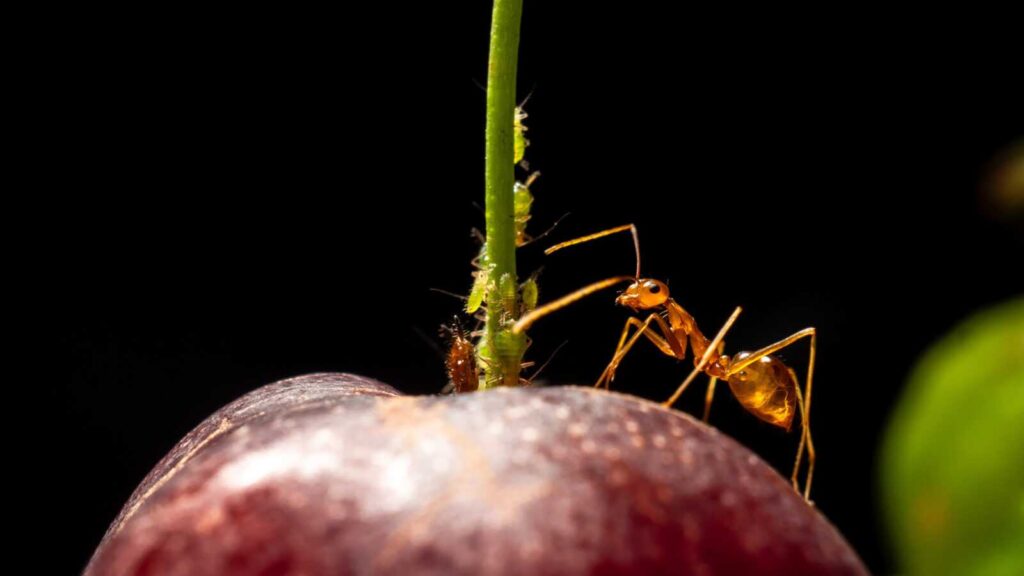
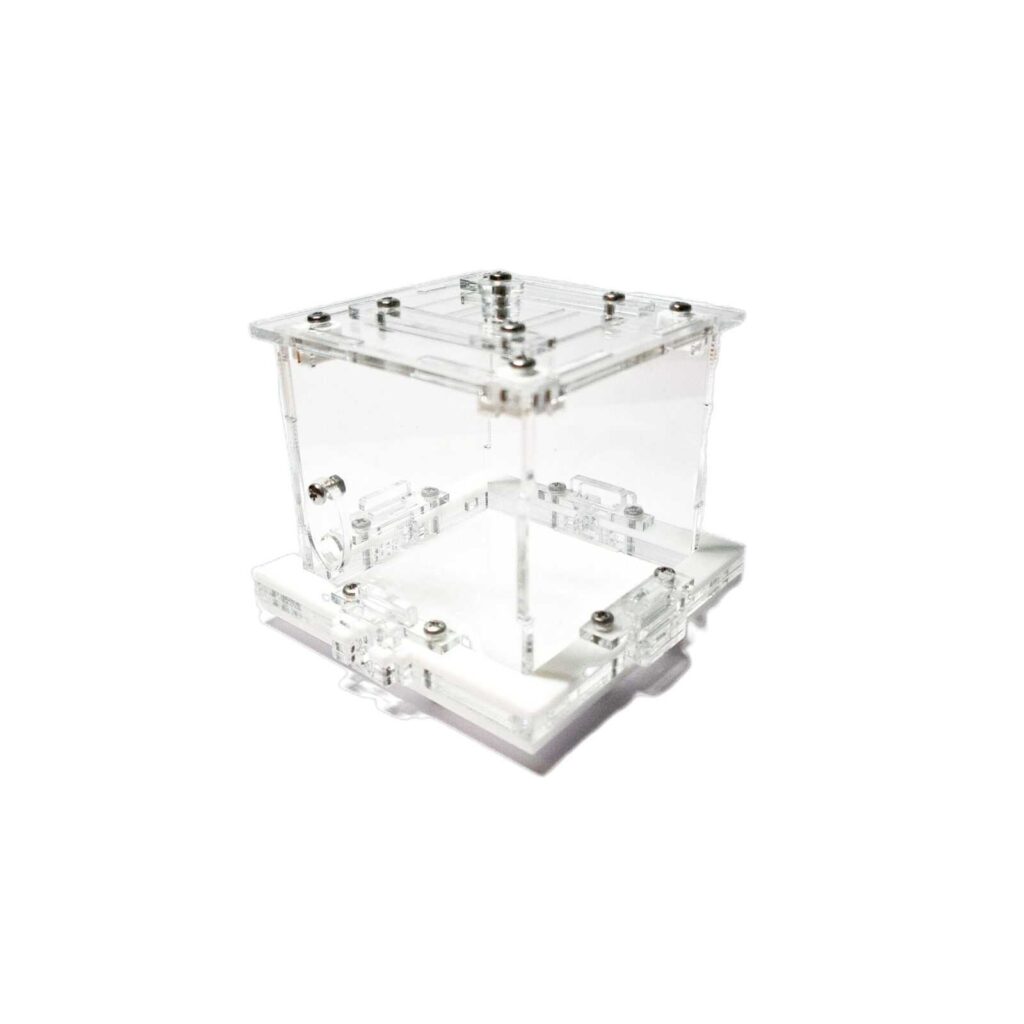
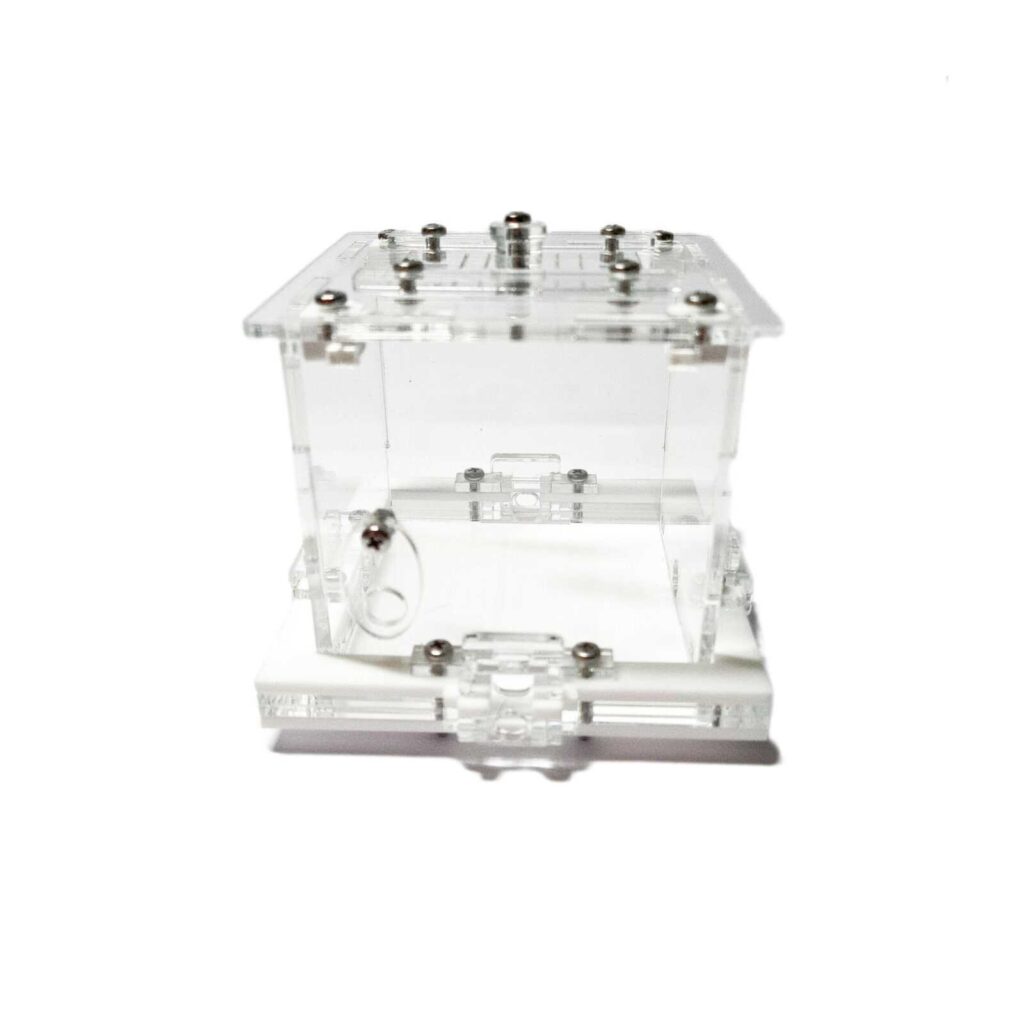
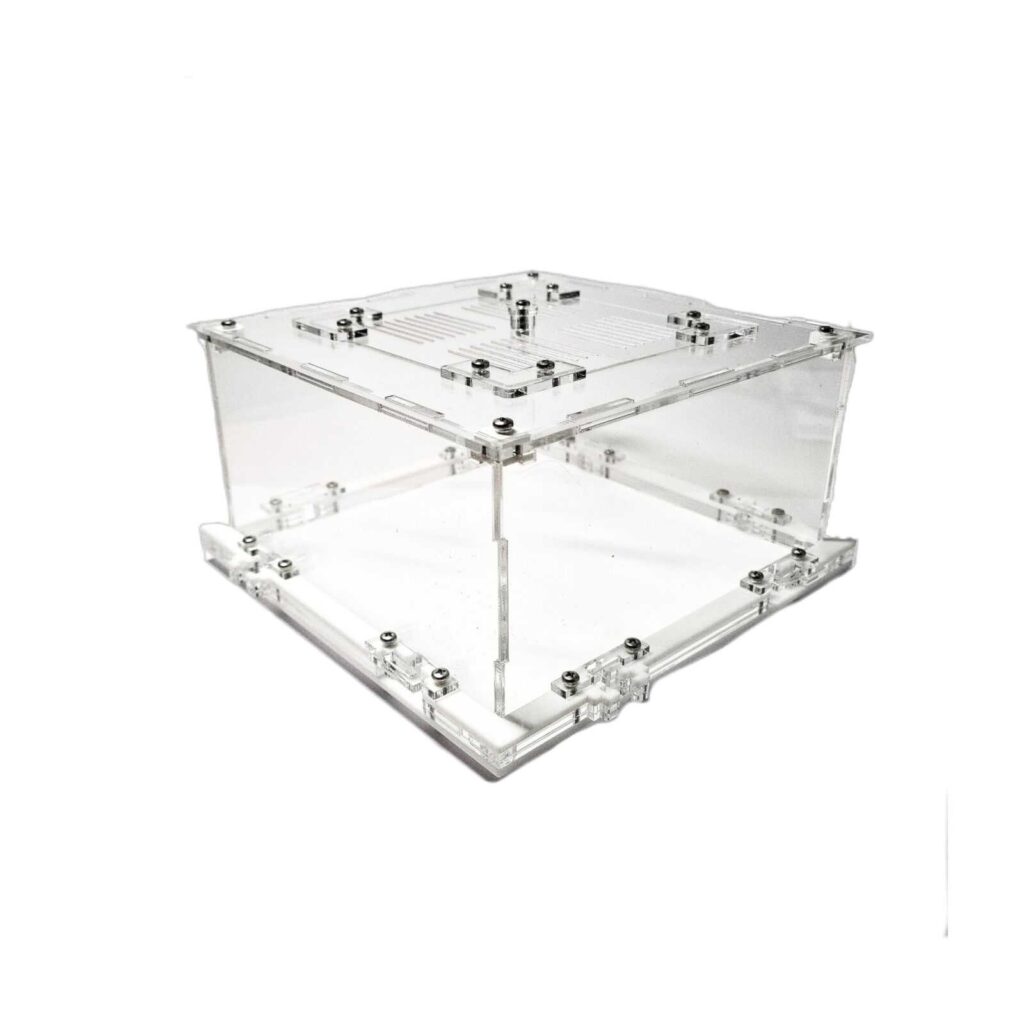
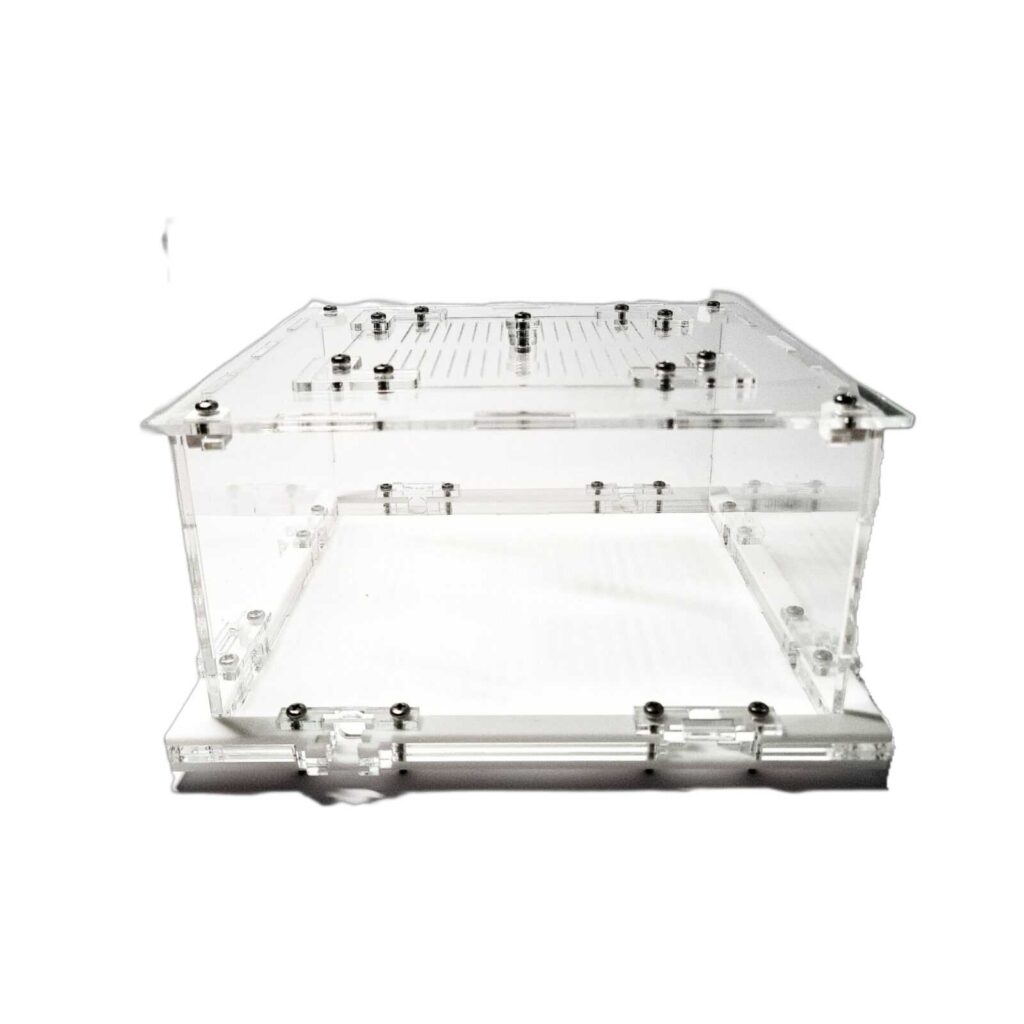
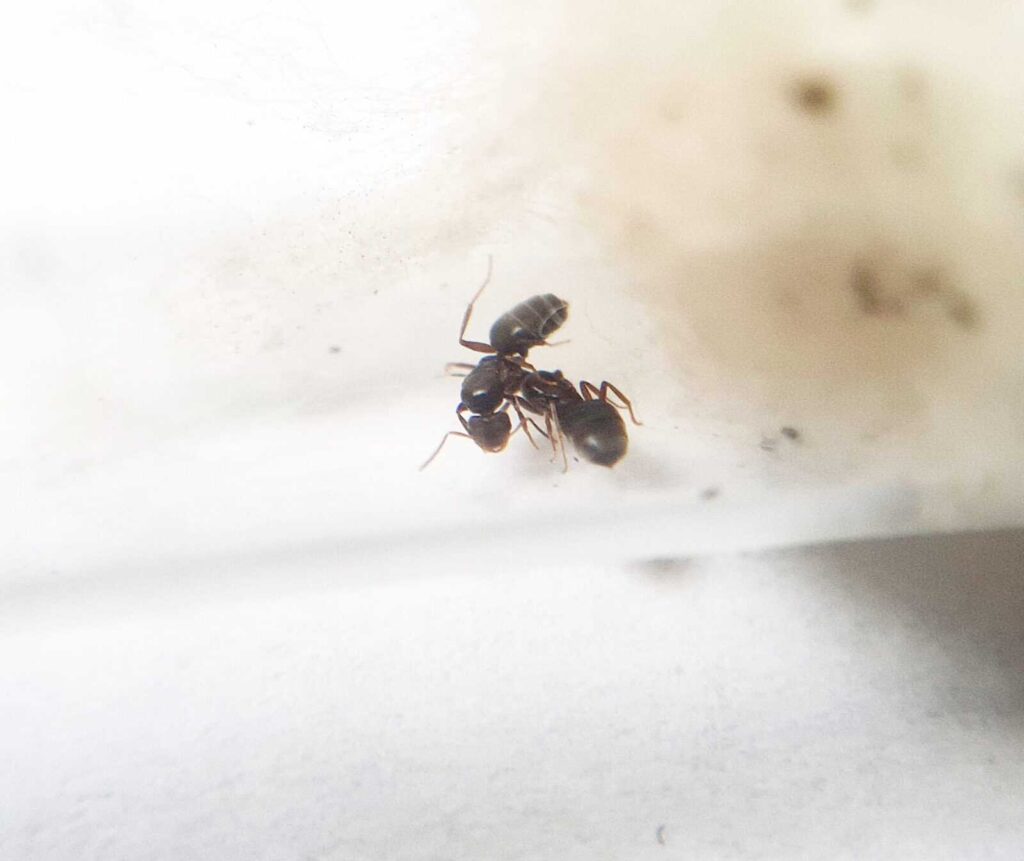
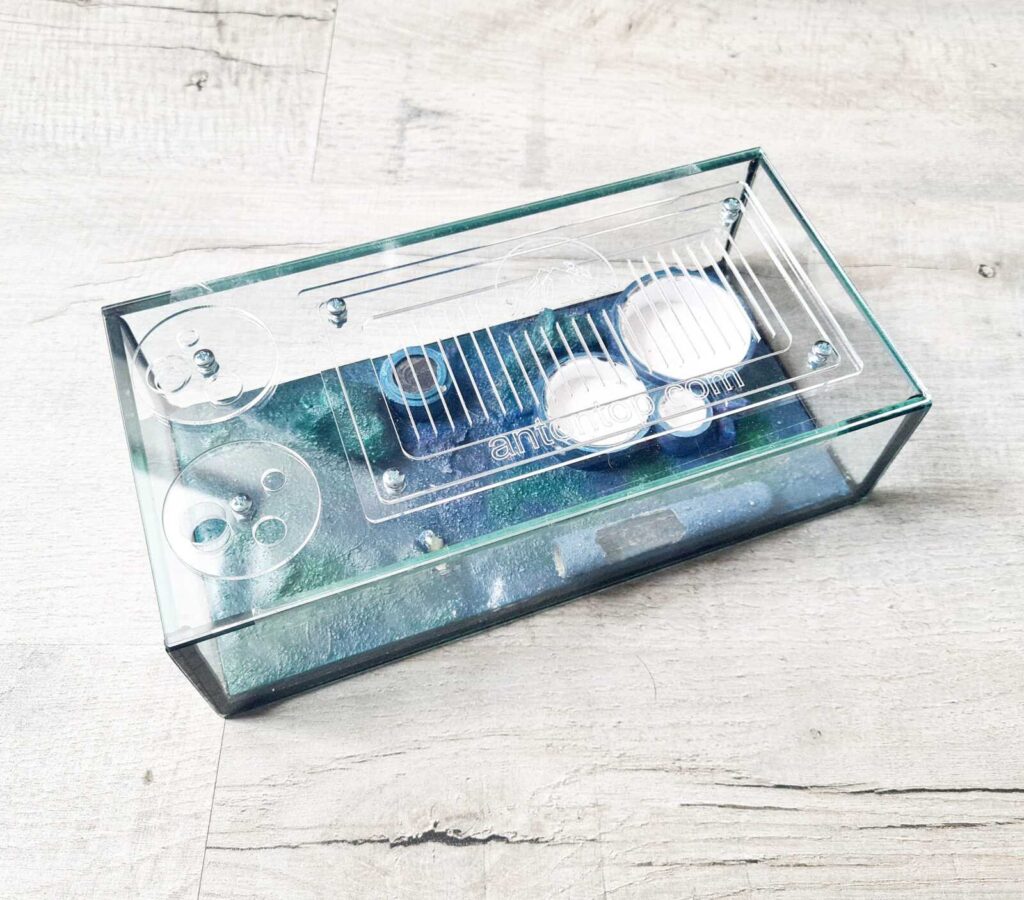
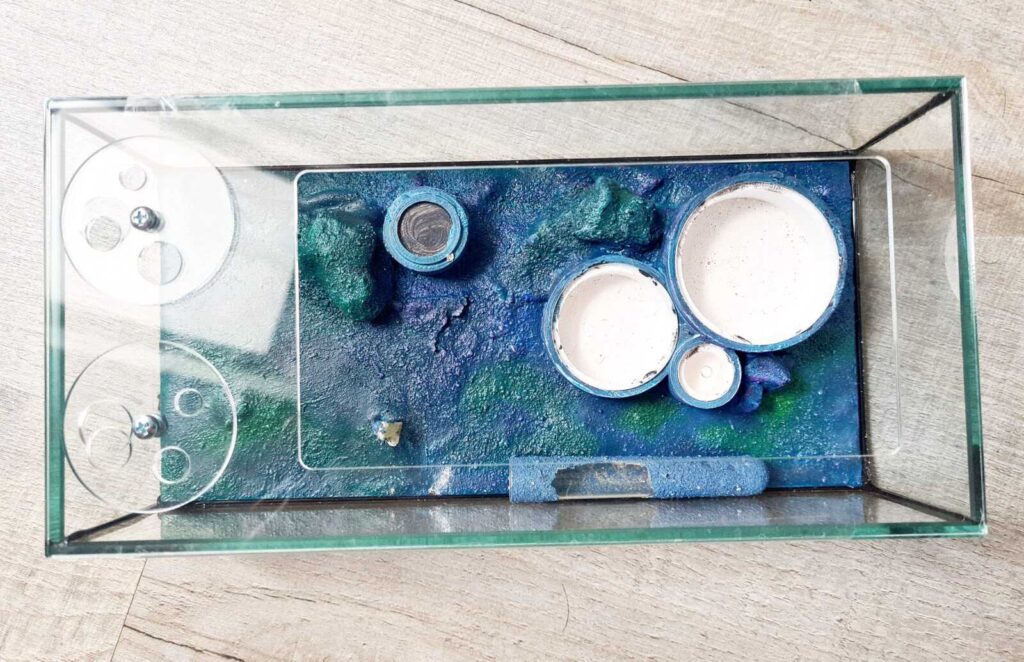
Reviews
Clear filtersThere are no reviews yet.